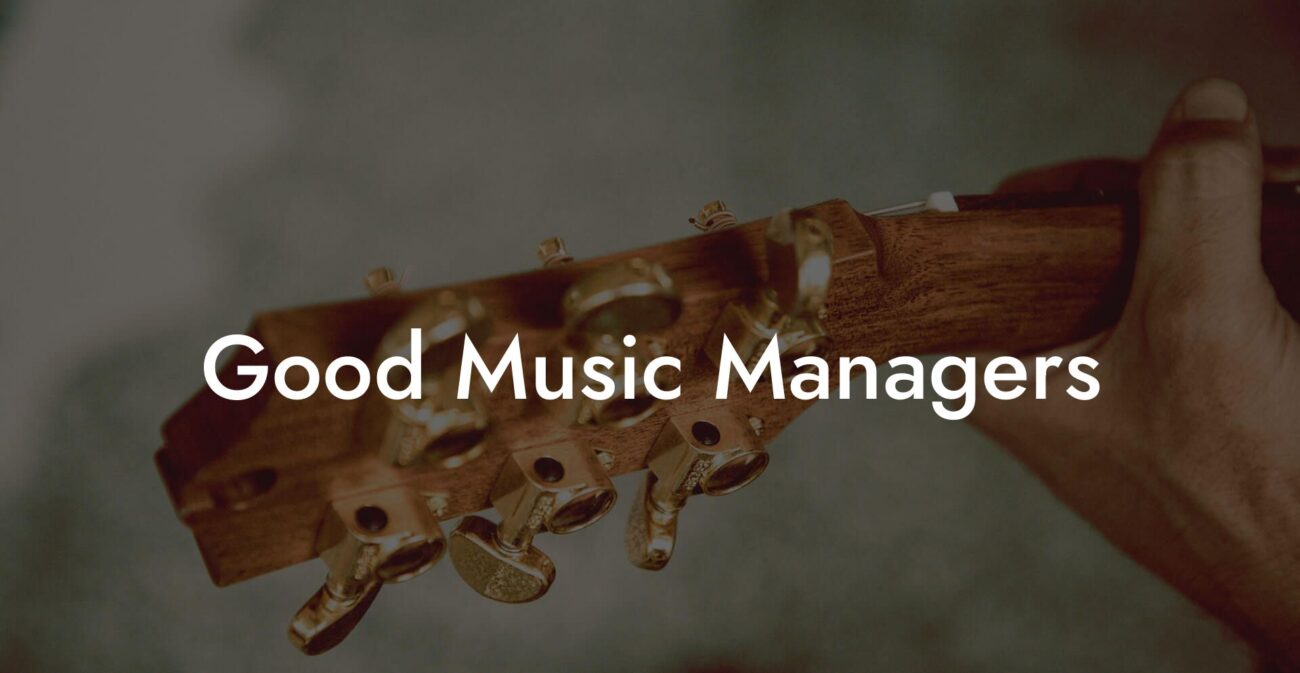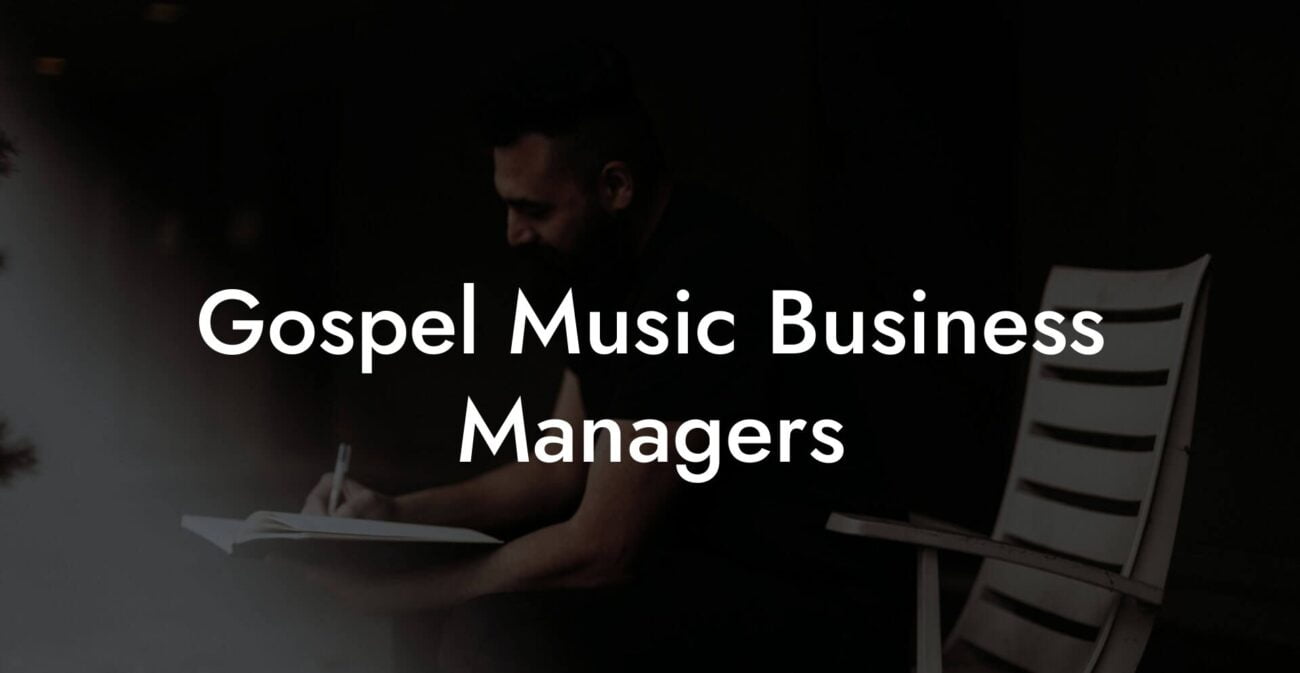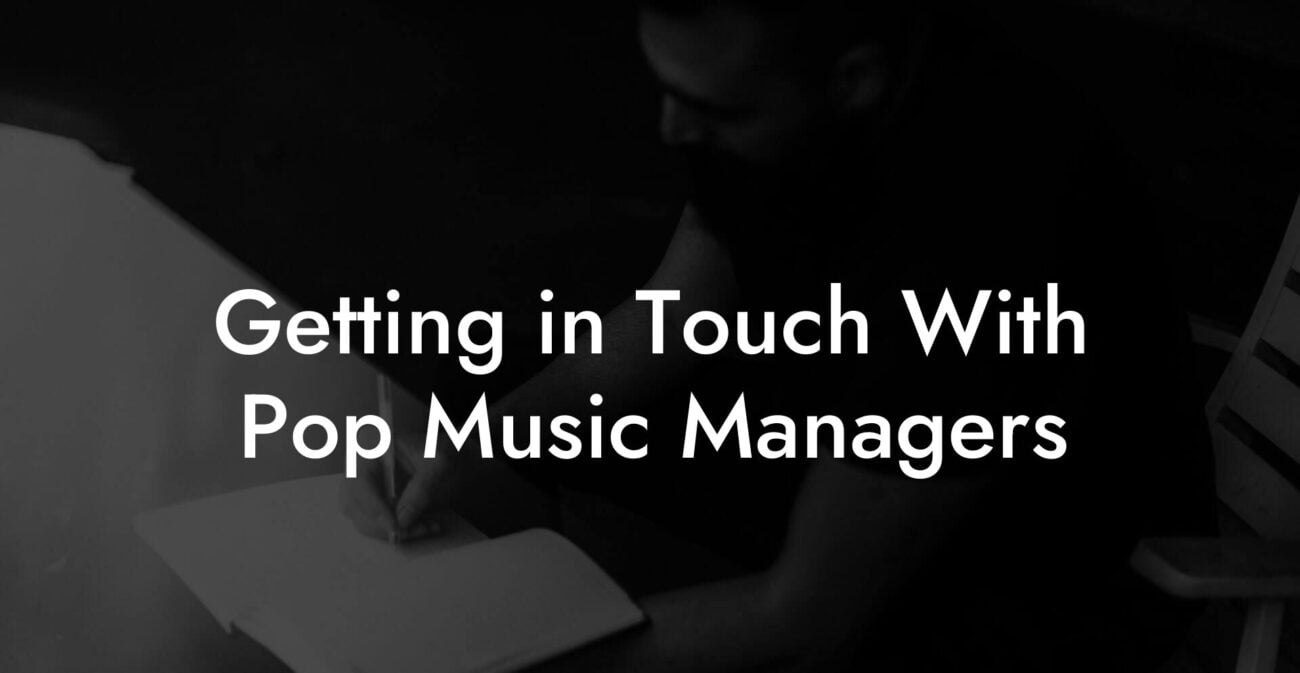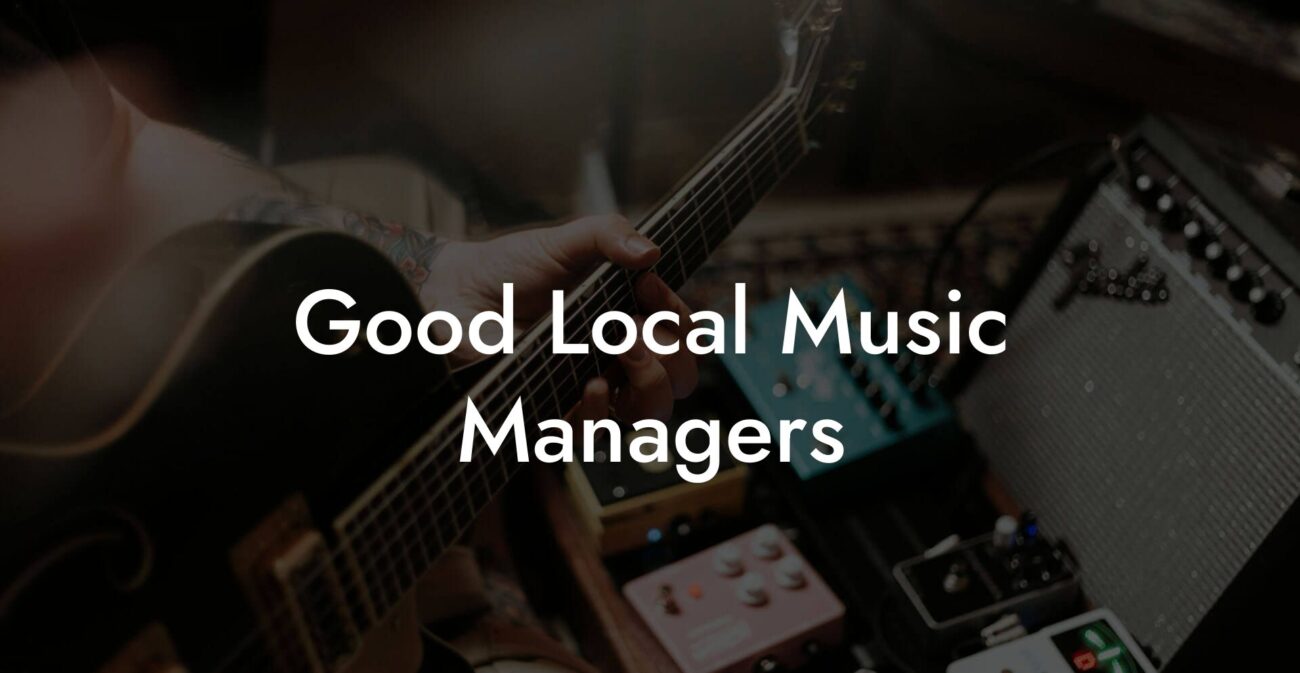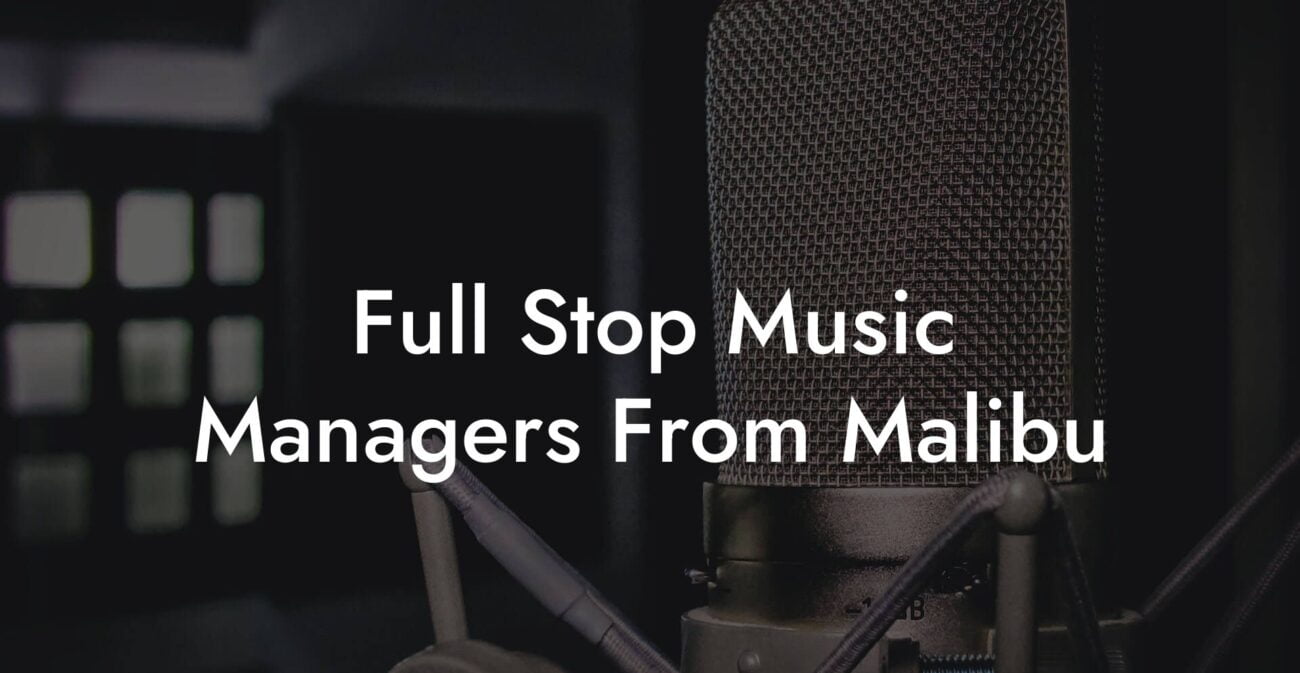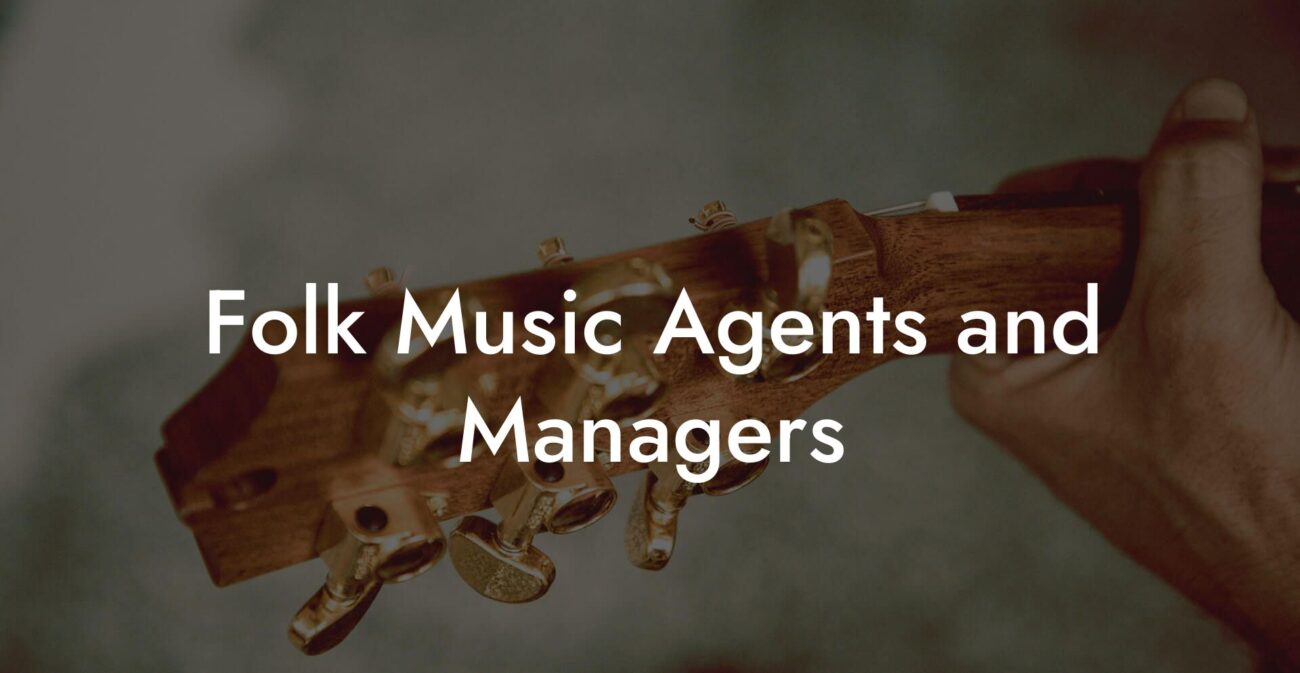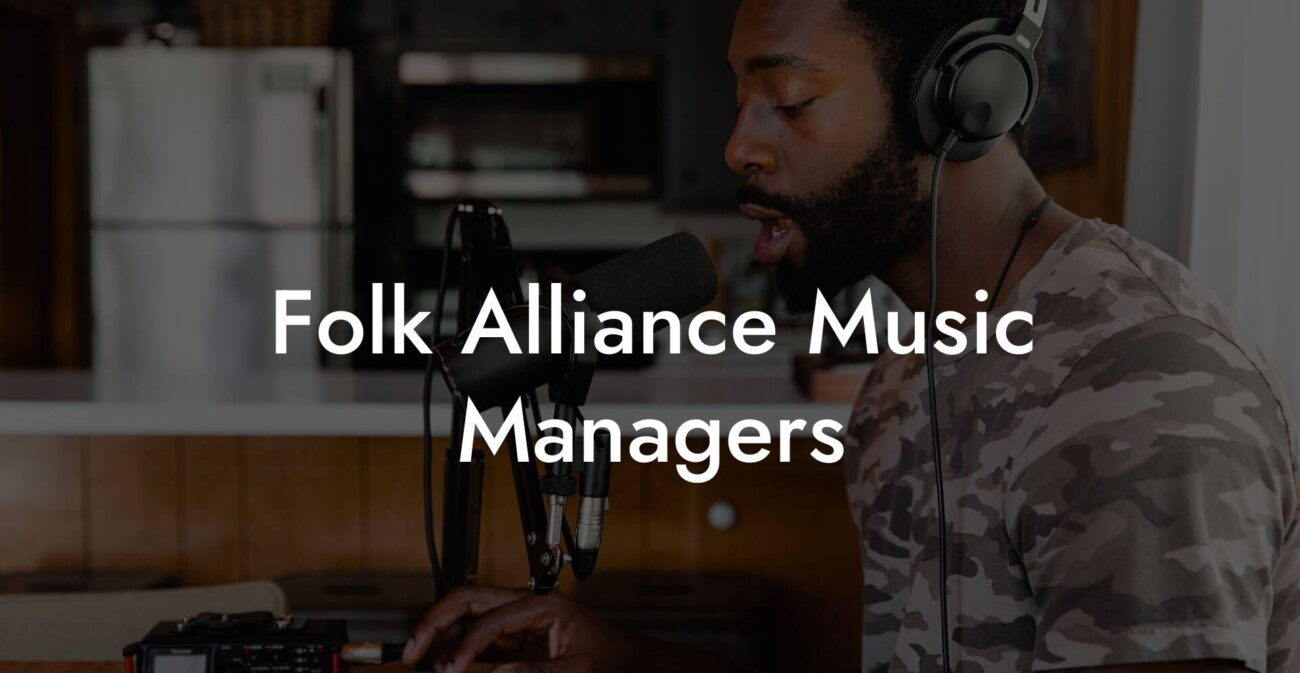Songwriting Advice
House Song Structure Bars

Want your house track to work in a club and not just in your shower? You need bars that make sense to DJs, dancers, and playlist curators. This guide covers exact bar counts, timing at common BPMs, arrangement templates, transition tricks, and real life scenarios that show why numbers matter. No fluff. No corporate jazz hands. Just a practical playbook to structure house tracks so the crowd loses it at the right moment.
Quick Interruption: Ever wondered how huge artists end up fighting for their own songs? The answer is in the fine print. Learn the lines that protect you. Own your masters. Keep royalties. Keep playing shows without moving back in with Mom. Find out more →
Quick Interruption: Ever wondered how huge artists end up fighting for their own songs? The answer is in the fine print. Learn the lines that protect you. Own your masters. Keep royalties. Keep playing shows without moving back in with Mom. Find out more →
Quick Links to Useful Sections
- Why Bars Matter in House Music
- Key Terms You Need Right Now
- House Basics: 4 on the Floor and 4 Beat Bars
- Common Bar Counts for Every Section
- Why those numbers
- Timing in Real Seconds: Convert Bars to Minutes at Common BPMs
- Arrangement Templates That Actually Work
- Classic Club Template
- Radio or Streaming Edit Template
- TikTok or Short Form Template
- Practical Bar Tips for Each Section
- Intro Bars
- Breakdown Bars
- Build Up Bars
- Drop or Main Groove Bars
- Outro Bars
- Bar Tricks Producers Use to Be DJs Favorite
- How to Count Bars in Your DAW Like a Pro
- Mixing Considerations Based on Bar Length
- Mapping Bars to Emotions and Dance Floor Behavior
- Case Study: Building a 128 BPM House Track Map
- Micro Exercises to Master Bar Thinking
- Exercise 1: The 8 Bar Loop Test
- Exercise 2: Drop Placement Drill
- Exercise 3: DJ Friendly Intro
- Common Mistakes and How to Fix Them
- Real Life Scenarios: When to Use Which Template
- Scenario 1: You are finishing a bootleg for a DJ friend s main stage set
- Scenario 2: You want a track for curated Spotify playlists and festival pre-sets
- Scenario 3: You are making a TikTok friendly loop
- Advanced: Break The Rules When You Know Them
- Checklist Before You Export a Club Mix
- FAQs
- Action Plan You Can Use Tonight
Everything is explained like we are talking at the bar between sets. I will define industry acronyms such as BPM and DAW. I will give concrete templates you can steal. You will learn how many bars to keep your intro mix friendly. You will learn how to place a drop so a DJ does not throw your song away. By the end you will be fluent in bar counts and confident in building maps that DJs will actually play live.
Why Bars Matter in House Music
House music lives in repetition and movement. Clubs and DJs rely on predictable patterns to mix and maintain energy. Bars are the DNA. They tell the DJ where to blend in a new record. They tell the dancer when the energy will change. A misplaced eight bars can make a DJ curse. A smart 32 bar phrase can make a room erupt like a reaction video gone right.
- Predictability makes mixing possible.
- Phrasing creates expectation and release.
- Tension and release is where the crowd buys drinks and forgets their ex.
Key Terms You Need Right Now
If you do not know these terms yet you will after this list. I will keep it short and readable like a DM from your producer friend who drinks too much coffee.
- BPM means beats per minute. It tells you how fast the tempo is. House commonly sits between 118 and 130 BPM. That range affects how long 32 bars takes in real time.
- Bar is a group of beats. Most house uses 4 beats per bar. If you count one two three four repeat you are counting bars.
- Phrase is a musical sentence. Common phrase length is 8 bars. Four phrases of eight bars make a 32 bar section.
- Drop is where the track changes energy level. The drop usually follows a build up or breakdown. In house the drop often arrives on a 1 of the bar and lands with the kick and bass.
- Breakdown is a section that reduces elements and tension. It prepares the listener for the build and the drop.
- DAW stands for digital audio workstation. That is the software you make tracks in like Ableton Live, FL Studio, Logic Pro, or Bitwig. It shows bars and beats so you can plan structure precisely.
- MIDI means musical instrument digital interface. It is the data that tells virtual instruments what notes to play and when.
- FX means effects. These are things you use to create transitions such as white noise sweeps, reverb tails, and risers.
House Basics: 4 on the Floor and 4 Beat Bars
Most house follows a four on the floor pattern. That means the kick drum hits on every beat. Each bar has four beats. Bars stack into 8 bar phrases and 16 bar sections and so on. When you are arranging a track you are stacking these building blocks like Lego. DJs expect that modularity.
Common building blocks
- 1 bar equals 4 beats.
- 1 phrase equals 8 bars typically.
- 1 section equals 16 or 32 bars typically.
Common Bar Counts for Every Section
Here are the standard counts most producers use. Think of them as friendly default values you can break when you have a clever reason.
- Intro 16 to 32 bars. This gives DJs something to mix into. Keep it DJ friendly with kick, hats, and a simple groove.
- Build up 8 to 16 bars. This raises tension toward the drop with percussion, automation, and risers.
- Drop or Main Groove 16 to 64 bars. The dance will live here. Give the DJ enough time to mix out later.
- Breakdown 8 to 32 bars. Use fewer elements to create a moment and to make the drop feel big.
- Outro 16 to 32 bars. DJs need this to mix out. Keep things DJ friendly and not over arranged.
Why those numbers
DJs mix in phrases. If the intro is 8 bars long the DJ would need to fight to align beats when transitioning. A 16 bar intro gives a DJ one decent phrase to work with and a 32 bar intro gives options. Similarly a 32 or 64 bar drop gives dancers time to live in the main groove and the DJ time to consider tempo sync or effects swaps.
Timing in Real Seconds: Convert Bars to Minutes at Common BPMs
Knowing bars is great. Knowing how long those bars feel on the dance floor is better. Below are timings for 8, 16, 32, and 64 bars at three common house tempos. Use this to map your track to set placement and streaming friendly length.
Formula quick note in plain English
- One beat length equals 60 divided by BPM seconds.
- One bar equals 4 beats. So bar length equals 4 times 60 divided by BPM seconds.
Times at 120 BPM
- 8 bars equals 8 times 2 seconds equals 16 seconds.
- 16 bars equals 32 seconds.
- 32 bars equals 64 seconds.
- 64 bars equals 128 seconds or two minutes and eight seconds.
Times at 124 BPM
- One beat equals 60 divided by 124 which is about 0.484 seconds.
- One bar equals about 1.935 seconds.
- 8 bars equals about 15.48 seconds.
- 16 bars equals about 30.97 seconds.
- 32 bars equals about 61.94 seconds.
- 64 bars equals about 123.88 seconds or about two minutes and four seconds.
Times at 128 BPM which is classic club tempo
- One beat equals 0.469 seconds approximately.
- One bar equals about 1.875 seconds.
- 8 bars equals about 15 seconds.
- 16 bars equals about 30 seconds.
- 32 bars equals about 60 seconds.
- 64 bars equals about 120 seconds or two minutes.
Real life example
If your DJ friend wants a two minute section to mix out of a track at 128 BPM give them a 64 bar drop. If you want a tight pop friendly edit for streaming aim for a 32 bar drop and shorter intros.
Arrangement Templates That Actually Work
Steal these templates. They are DJ friendly and common on club floors. I will give both extended club templates and short edit templates for social platforms like TikTok.
Classic Club Template
Keep this in your DAW as a template. It lets DJs mix easily and gives dancers the seasons of a track.
- Intro 32 bars
- Main groove 32 bars
- Breakdown 16 bars
- Build up 16 bars
- Drop 64 bars
- Interlude 16 bars
- Second drop 64 bars
- Outro 32 bars
This template is flexible. You can swap lengths to 16 intro and 32 drop if you want tighter edits. The key is to keep phrases musical and repeatable.
Radio or Streaming Edit Template
When you need a shorter version for playlists or social videos this is a cleaner map.
- Intro 8 to 16 bars
- Main groove 16 to 32 bars
- Breakdown 8 bars
- Drop 16 to 32 bars
- Outro 8 to 16 bars
TikTok or Short Form Template
Short templates must hit the hook fast and not frustrate editors. Keep the main hook within the first 8 to 16 bars.
- Intro hook 4 to 8 bars
- Main hook drop 8 to 16 bars
- Tag or loop 4 to 8 bars repeatable for a 15 to 60 second clip
Practical Bar Tips for Each Section
Intro Bars
- Keep it DJ friendly. Avoid abrupt vocal phrases that will clash during a mix.
- Use percussive elements and a clear kick so the beat is visible for mixing.
- Provide an easy cue to drop a record in. A repeated hi hat loop or simple arpeggio works well.
Breakdown Bars
- Strip elements to create space. Remove kick or bass for a phrase so the return feels huge.
- Use odd lengths sparingly. A 12 bar breakdown can be cool but makes mixing trickier.
- Add a vocal or chord stab to keep the emotional center without clutter.
Build Up Bars
- Use automation and risers to increase tension. Keep this to 8 to 16 bars for clarity.
- Harmonic movement helps. A chord change on the last four bars primes the drop.
- Consider snare rolls that lengthen and then cut right before the drop. That silence is dramatic and DJ friendly.
Drop or Main Groove Bars
- Give the DJ long loops to work with. A 32 to 64 bar main groove is safe and generous.
- Keep variation subtle. A small bassline change every 8 bars gives forward motion without killing the mixability.
- Layer vocal chops or percussion to keep repeated listening interesting.
Outro Bars
- Strip down to elements that help the next track arrive. DJs need stems that are mix friendly.
- Keep the last 16 bars simple. DJs may loop these bars to blend to another record.
Bar Tricks Producers Use to Be DJs Favorite
If you want DJs to play your tracks give them options. Here are producer moves that earn you respect.
- DJ Friendly Intro include at least 16 bars of beat only or beat plus a simple loop.
- Stems Ready export a DJ friendly pack with full mix, drums only, bass plus drums, and acapella. DJs will love you for this.
- Loop Points make sure your DAW loops cleanly at 8 or 16 bars. Avoid weird automation that breaks a simple loop.
- Clear Cue Points mark the intro and drop downbeats in your export and on your track metadata if you can. A quick cue map makes life easier for DJs who skim tracks quickly.
How to Count Bars in Your DAW Like a Pro
DAWs show bars and beats up top, but here are quick workflow tips to avoid banging your head against your monitor.
- Set project tempo to the final tempo early so bar numbers match the record the DJ will play.
- Use the metronome and set it to accent every bar. It helps internalize the phrase lengths.
- Use 8 bar regions. Group your clips into 8 bar folders labeled Intro Verse Drop etc.
- Color code 8 bar blocks. Visual clarity equals fewer mistakes when arranging.
Mixing Considerations Based on Bar Length
Longer sections allow for slower filter automations and subtler mixing. Short sections demand faster moves and clearer hooks.
- In a 64 bar drop do automation slowly and tastefully. Small moves every 8 bars are fine.
- In short edits use quick risers, short fills, and cuts that happen on 1 or 2 bar boundaries.
- Time your reverbs and delays to the bar length. If your ping pong delay crosses many bars it can smear the groove.
Mapping Bars to Emotions and Dance Floor Behavior
Bars are psychological bookmarks. Dancers expect things at certain moments. Use that to your advantage.
- Early drop within 32 bars creates instant gratification and can work well for radio or streaming discovery.
- Longer builds create communal tension and work better for peak time club settings.
- Breakdowns after 32 bars allow the crowd to breathe and then explode when the drop hits.
Case Study: Building a 128 BPM House Track Map
Let us map a real track at 128 BPM so you can see the bars and seconds in action. Times are rounded for clarity.
- Intro 32 bars approx 60 seconds
- Main groove 32 bars approx 60 seconds
- Breakdown 16 bars approx 30 seconds
- Build up 16 bars approx 30 seconds
- Drop 64 bars approx 120 seconds
- Interlude 16 bars approx 30 seconds
- Second drop 64 bars approx 120 seconds
- Outro 32 bars approx 60 seconds
Total approximate run time: 8 minutes. This is a club oriented extended mix. If you need a radio edit, compress to the streaming template and aim for 3 to 4 minutes.
Micro Exercises to Master Bar Thinking
Practice makes permanent. These short drills build your intuition fast.
Exercise 1: The 8 Bar Loop Test
- Create an 8 bar loop with drums and one melodic element.
- Listen and then duplicate the loop four times. Do you feel a change across repeats? If not add a small percussion or bass move every 8 bars to create momentum.
Exercise 2: Drop Placement Drill
- Create a 16 bar build with riser and snare roll that ends on bar 16.
- Have the drop start exactly on the next bar 1 and hit with a full kick and bass.
- Practice this at multiple tempos. Watch how the perceived energy and urgency change.
Exercise 3: DJ Friendly Intro
- Make a 32 bar intro that is essentially drums and one loop plus a filter automation for interest.
- Export a drums only stem with the first 32 bars labeled clearly. Test mixing it into another track in your DJ software or on a controller and see how easy the mix is.
Common Mistakes and How to Fix Them
I have seen the sins. I can smell a messy arrangement from a bad drop a mile away. Fix these and you will save your career and possibly someone else s hearing.
- Too short intros DJs cannot mix. Fix by adding at least 16 bars of beat.
- Stuttering drops A drop that loses the kick or is messy will kill the room. Fix by keeping the kick punch consistent and checking phase on your low end.
- Unclear loop points Producers make tracks that cannot loop cleanly. Fix by aligning automation end points to bar boundaries.
- Breakdown lengths that confuse DJs Odd numbered breakdowns make mixing weird. Fix by sticking to 8 bar multiples when possible.
Real Life Scenarios: When to Use Which Template
These are practical decisions you will actually need to make and will probably be too tired to think through at 2 a.m. Use this cheat sheet.
Scenario 1: You are finishing a bootleg for a DJ friend s main stage set
Use long intros and long drops. Go with the classic club template. Keep energy arcs long. DJs appreciate 64 bar drops for big stages.
Scenario 2: You want a track for curated Spotify playlists and festival pre-sets
Send both an extended mix and a radio edit. Radio edit uses the streaming template. Extended mix uses club template. Provide stems and cue points and the DJ will thank you with a playlist add.
Scenario 3: You are making a TikTok friendly loop
Use the short form template. Put the hook within the first 8 bars. Make a 15 or 30 second loop that is instantly recognizable. This is how songs go viral from clips.
Advanced: Break The Rules When You Know Them
Rules are templates not chains. Once you understand bar logic you can bend it cleverly. Use odd phrase lengths to create surprise. Use abrupt drops for shock value. Make the breakdown last only 4 bars for a punchy effect when everyone expects 16 bars.
Warning
Bending the rules is like pulling a prank on a DJ. Do it intentionally and gracefully. If your track will be played by people who do not know it yet they prefer predictability. Save oddities for the second drop or a remake where the crowd already trusts the track.
Checklist Before You Export a Club Mix
- Intro is at least 16 bars long and DJ friendly.
- Drop sits in a clear 8 bar phrase grid and lasts long enough to be looped.
- Breakdowns and builds are multiples of 8 bars unless intentionally odd.
- Cue points are labeled in the track notes or metadata when possible.
- Export stems: full mix, drums only, bass plus drums, and acapella.
- Test the final track in a DJ program or on a controller for mixability.
FAQs
How many bars should a house intro be
Most professional DJs prefer 16 to 32 bars for an intro. That gives them a clear phrase to mix into. If the intro is shorter than 16 bars they will have to use effects to align the next tune which increases the risk they will drop your track. Short intros may be fine for short form content but not clubs.
What is a phrase in house music
A phrase is a musical sentence made up of bars. In house music a common phrase length is 8 bars. Four of these phrases create a 32 bar section. DJs and producers use phrases to align transitions and to create expectation before a drop or a change.
Should drops be 32 or 64 bars
Either can work. 32 bars is a comfortable length for modern dance tracks and keeps energy tight. 64 bars gives DJs more room to play and can be better for peak time club situations. Choose based on the context and the intended use of the track.
How do I make my breakdown DJ friendly
Stick to multiples of 8 bars and give the kick some presence in at least one bar to create a cue point. Avoid long unpredictable automation across phrase boundaries. Keep a melodic anchor in the breakdown so DJs have something to align with.
Can I use odd bar lengths like 12 or 20 bars
Yes but use them intentionally. Odd lengths cause friction for DJs. If you use them do so in a way that creates a deliberate surprise or feels natural for the song. Provide stems or a DJ friendly edit if you plan to release it widely.
How long should a club mix be
Club mixes range from 6 to 10 minutes commonly. Extended mixes give DJs the ability to mix in and out. If you aim for radio or streaming keep an edit under 4 minutes and offer the extended mix as well for DJs.
What BPM is best for house structure
House commonly sits between 118 and 130 BPM. 120 to 128 BPM is the sweet spot for most club oriented house. Faster tempos shorten the perceived length of a section and can change the emotional feel of build ups and drops, so adjust bar lengths accordingly.
Do DJs prefer tracks with stems
Yes. DJs love stems because stems make live mixing flexible and creative. Most professionals will play tracks more often if they have drums only and bass plus drums stems. Stems also help when a DJ wants to build a live remix on the fly.
Action Plan You Can Use Tonight
- Open your DAW and set the project BPM to your target club tempo. I recommend 124 or 128 if you are unsure.
- Create a 32 bar intro loop that is DJ friendly with kick and percussion. Save it as a template.
- Map your main groove to 64 bars and a breakdown to 16 bars. Mark these regions in your DAW with colors.
- Export a drums only stem and a full mix. Test mixing the two in your DJ software to confirm alignment.
- Upload a short clip of the drop as a 15 second loop for social platforms while keeping an extended mix for DJs.


